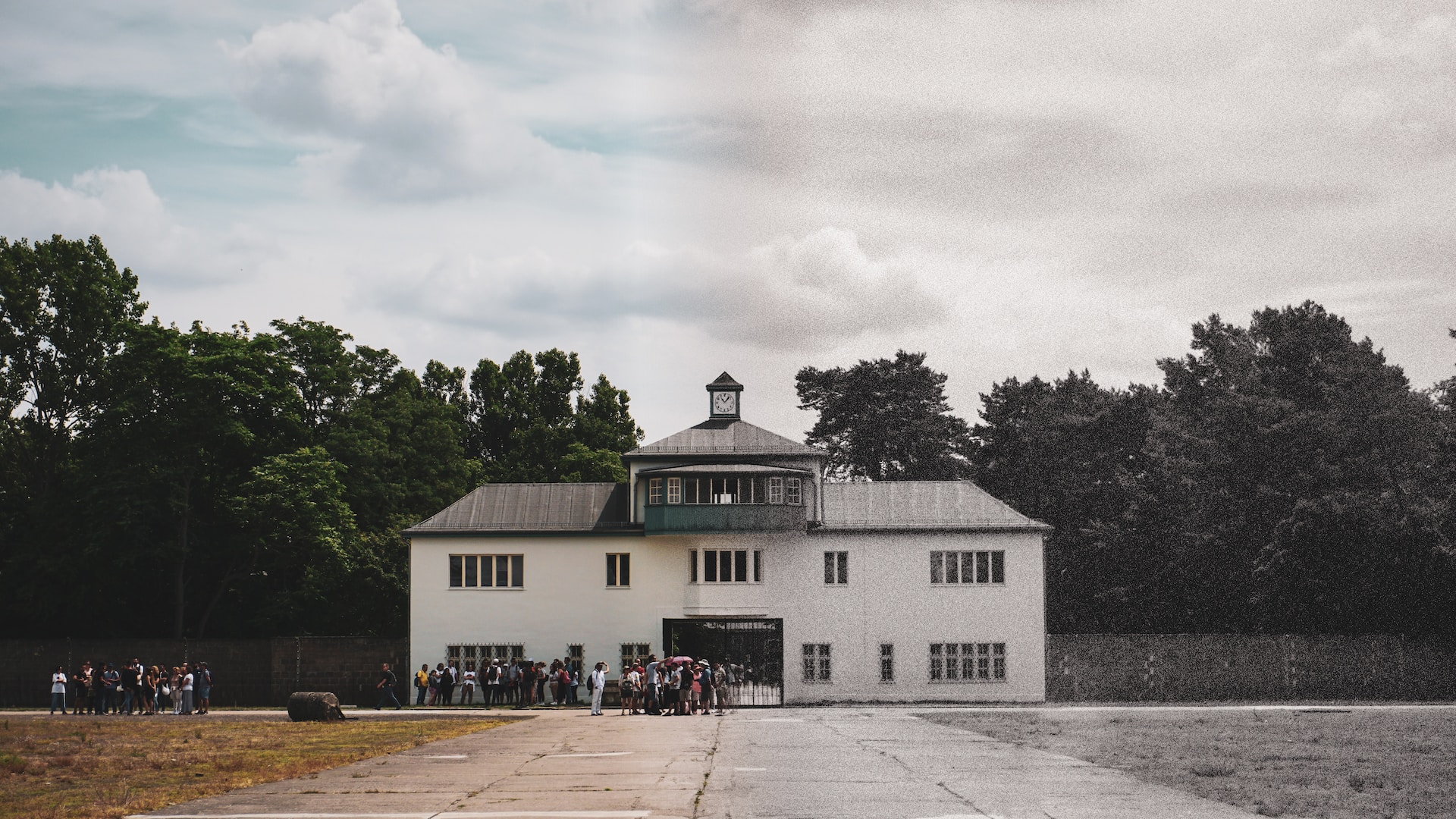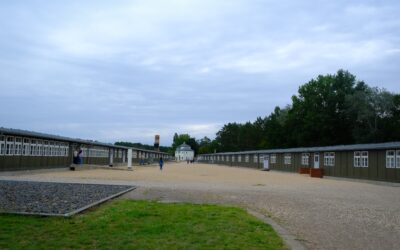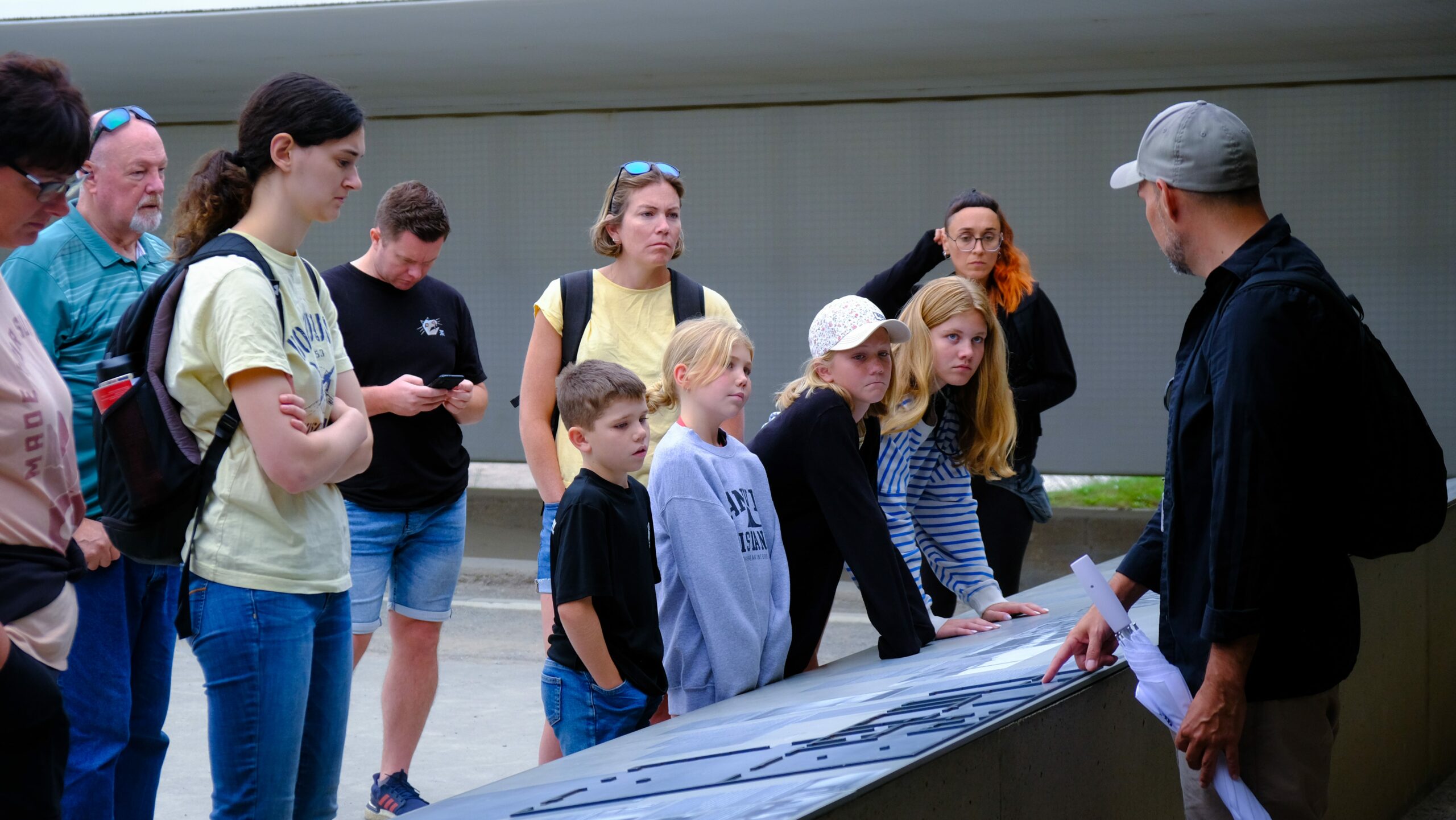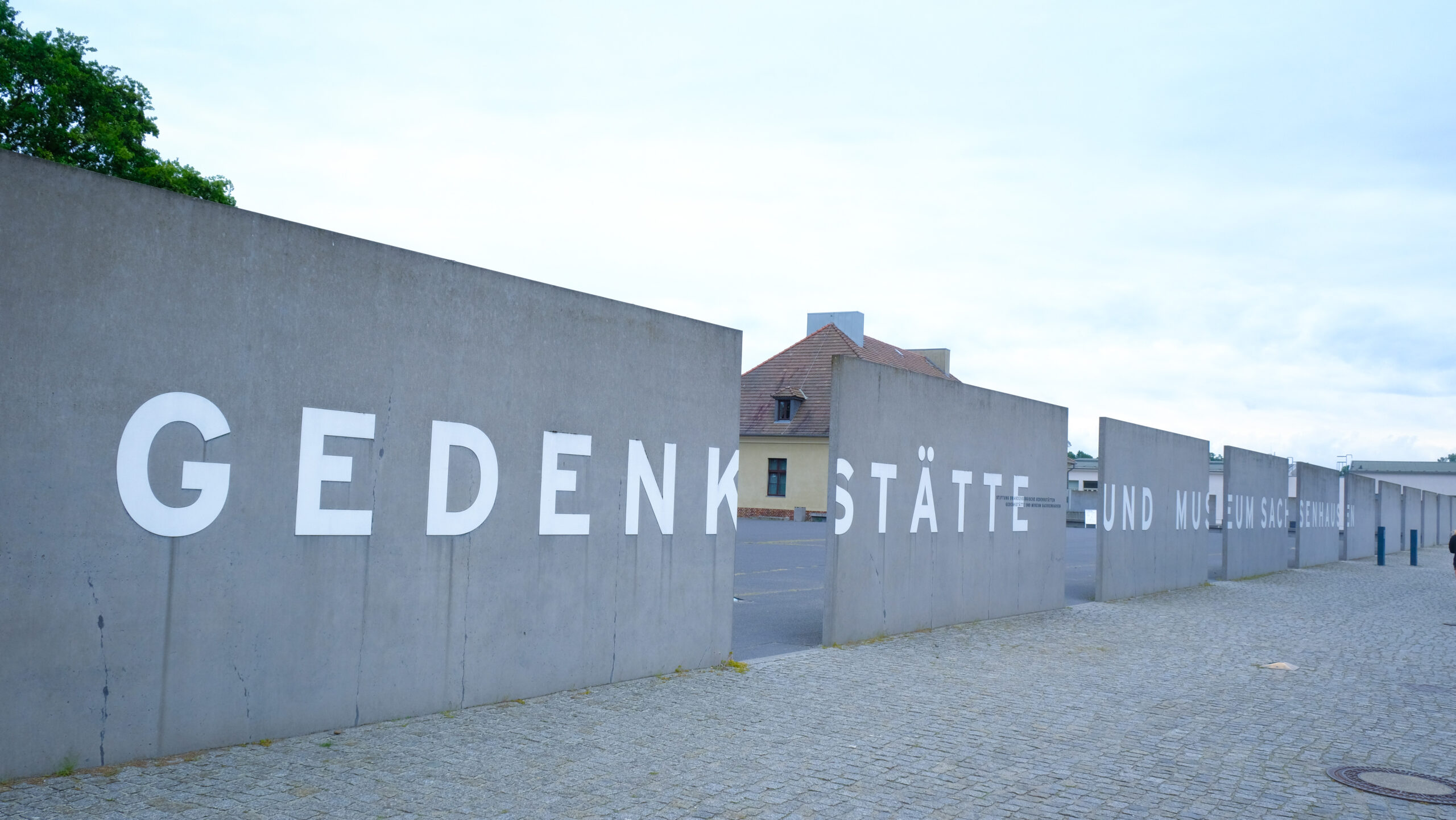Sachsenhausen Concentration Camp, located in Oranienburg, just outside of Berlin, is a chilling reminder of the atrocities committed during World War II. As one of the first Nazi concentration camps, Sachsenhausen holds historical and educational importance for visitors. In this blog post, we will delve into the history of Sachsenhausen and its significance in shaping our understanding of the Holocaust.
The Origins of Sachsenhausen Concentration Camp
Sachsenhausen was founded in 1936 by the SS; it functioned until it was liberated in 1945. Originally, built for imprisoning political adversaries of the Nazi administration it grew into a training ground for SS officers later on. It was a prison where thousands of people including Russian intelligentsia, Jews, Gypsies, political dissidents and other sick and starving prisoners were beaten and tortured.
Sachsenhausen Brief Layout and Features
Sachsenhausen was established as a test camp, they wanted to show how strong and organized the new Germany was. It had a neat structure since had a central line that cut through it into different sectors of the camp. Such sections of the camp were administration building, roll call square, prisoners’ barracks, infirmaries and the mass killing chamber known as crematorium.
The roll call square was an area where prisoners got together on a daily basis for an often lengthy roll call, during which they had to stand in rain or snow for example. Housing in the barracks was really diabolical and cramped, there was little food to eat, and the conditions were unhygienically unsanitary coupled with constant monitoring.
For its part, the camp also consisted of punishment cells, gas chambers and also a trial ground where medical experiments conducted on the prisoners were tested. These aspects underscore the function of the camp as the location of enormous and inconceivable suffering and dying.
Life of Man in Concentration Camp Sachsenhausen
The experience of the survivors is useful in revealing the authentic practice of everyday life in prison and the challenges that the prisoners had to face. Sick and extreme exhaustion through forced labor formed a key intervention where prisoners were compelled to work in factories, quarries, and construction works near Sachsenhausen. They learn that the camp’s workshops provided fake currency for the Nazi war industry and imitated documents.
Torturing and psychological terror were admissible and prisoners were beaten frequently and sometimes publicly executed. The SS guards held complete control over the prisoners and formally and informally made sure that no one held any hope of escape.
Resistance and Liberation
Contrary to an environment delineated by triumphalism and brutal conditions, prisoner rebellion and mutual support was feasible. Shows, контакты, and other curriculums, secret educational systems, cultural activities, and even intrigue helped to sustains people’s humanity inside the camp.
Sachsenhausen was liberated by Soviet forces in April of 1945 at the end of the second world war. It leads to the freedom, and moreover – to the downfall of the Nazi regime, all the torture of the prisoners comes to an end. Currently, the remains are a memorial and museum to those who perished and died in Sachsenhausen.
Visiting Sachsenhausen Today
It is an interesting and highly emotional trip to Sachsenhausen where a person can learn the history of the holocaust. Different types of tours can be booked for the guided walking tours including historical background information, survivor or victim testimonies. The Museum at the camp provides understanding of the camp and of the overall camps and the Nazi running it.
Visitation to the site when in Sachsenhausen must be done in a sensitive manner you feel for the victims. It is good to note that this subject area might call for sensitive information and as such individuals are advised to bear in mind the probable implication that they and others might have.
In conclusion therefore Sachsenhausen Concentration Camp in Berlin has remained an important symbol of the holocaust. It has got historical and educational importance that makes people interested in making them understand the horrors of that ever dark period. By opening places like Sachsenhausen we can guarantee that people never forget and the crimes that were committed will never be acted out again.




